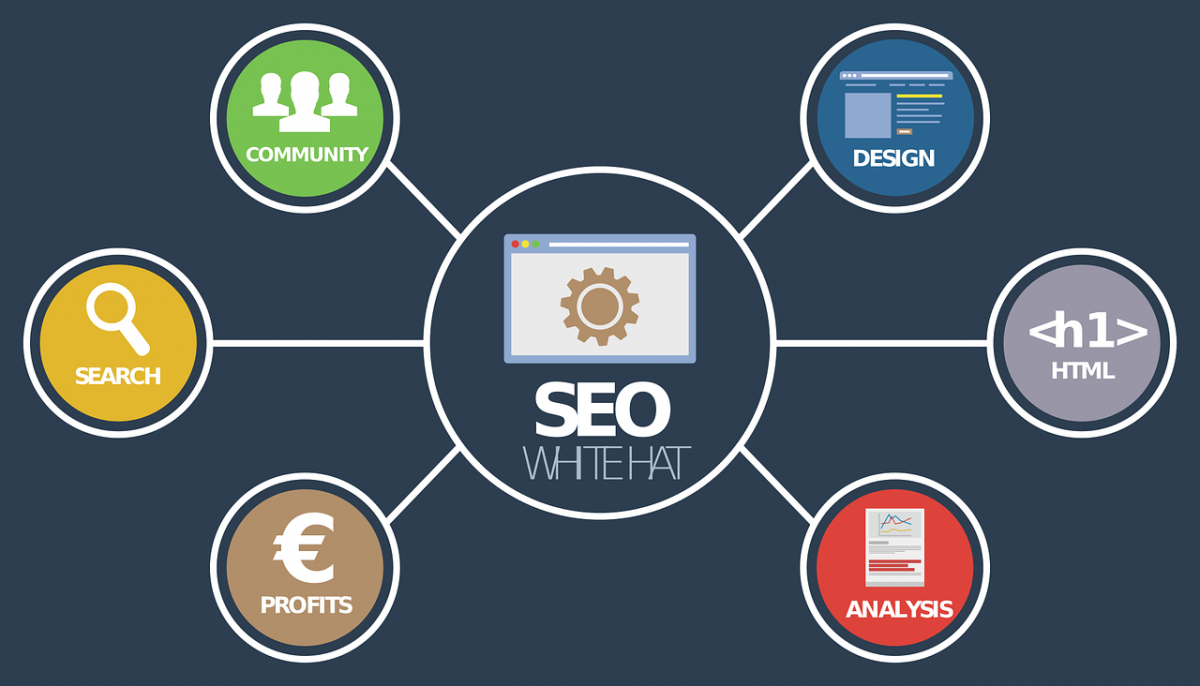Although the term ‘digital marketing’ has been used for several years, it describes a rather broad assortment of online marketing initiatives – search engine optimization, pay per click advertising, content writing, social media, and more.
The initiatives you choose for your business will vary largely depending upon your budget, audience, product, and objectives.
The purpose of this guide is not to give specific instructions. We will not be telling how to digitally market your business; but rather, what considerations to make when crafting your strategy.
Why a Digital Marketing Strategy Matters
At the turn of the century, digital marketing was beginning to make an appearance. It now represents the second largest media channel available behind television.
In fact, it is the only media channel expected to grow in the next three years, with some experts predicting it to surpass television for total reach by the end of the decade.
Crafting a winning digital marketing strategy is about more than just building your brand and business – it is about remaining current and relevant.
Set Clear Objectives and Realistic Goals
To begin, you will need a set of clearly defined objectives for the next 6-12 months. Each of these digital marketing goals needs to be specific and measurable. Some examples might include:
- Increase mailing list by 3000 subscribers
- Increase Facebook engagement by 30 per cent
- Increase web traffic by 15 per cent
- Decrease cart abandonment by 10 per cent
In other words, begin with the end in mind. And regardless of your objective, be sure to have a clear deadline to achieve it.
The objectives you select for your winning digital marketing strategy need to be in line with corporate objectives. We recommend that you pick no more than five, though. If you make everything a priority, you make nothing a priority.
One of the best parts of digital marketing is the ability to track and measure virtually every action and outcome, effectively establishing a return on investment.
Personalization and Targeting
With a set of clearly established objectives, it is time to consider the most impactful way to accomplish them. And that begins with careful analysis of your target market – who are your best customers? What interests them? What does their lifestyle look like? What are their spending patterns?
Effective digital marketing solutions need to be tailored to the wants and needs of your customers. The more specific you can get in defining your target market, the better. Long done are the days of a one size fits all marketing strategy – your message needs to speak directly to the interests of your target market.
Content Marketing and Social Media Strategy
A detailed content marketing strategy including social media is often referred to as ‘inbound’ marketing. This is because you are producing content that is designed to attract your target market.
If you have a clear idea of your best customer, you can create content designed to appeal them. This may occur through posting on social media, email newsletters, blog content, infographics, guides and eBooks, tutorial videos, and more. To get the most out of your content marketing strategy, you have to learn about and avoid all penalizing factors such as plagiarism, clunky formatting, keyword stuffing, and the like. Of all these factors, plagiarism can be particularly harmful, which is why you should always check for plagiarism before finalizing your write-ups
Paid Marketing Strategies
Most paid marketing strategies, including pay-per-click, banner advertising, and email blasts, are referred to as ‘outbound’ marketing. These strategies involve you actively seeking new customers.
It is a good idea to have a healthy mix of both inbound and outbound marketing strategies. Of course, most outbound initiatives will come at a higher cost, but they can also be more easily tracked and measured.
Further, with the information you previously gathered about your target market, you can design ad campaigns that target customers by demographic information. You can further retarget ads based on web browsing history.
Analyze the Results
As with any effective marketing strategy, the results need to be carefully scrutinized. Have a look at not only your inbound and outbound strategies but the results of individual efforts.
For instance, if your goal were to increase your mailing list by 3000 subscribers, you might wish to know:
- What is the effective conversion rate on the blog content I am publishing?
- What is it costing me to generate one new subscriber via advertising on social media?
- Am I on pace to achieve my objective by the deadline? If not, what do I need to change?
Further, with the information you previously gathered about your target market, you can automate and design ad campaigns that target customers by demographic information.
Conclusion
A winning digital marketing strategy is one that can boost sales, increase brand awareness, establish trust and credibility, and inform existing consumers of new product launches.
The important thing to remember is that your digital marketing strategy must be specific and measurable, just like the intended outcomes.
Begin crafting your winning digital marketing strategy with the end in the mind, track the results, and correct your course as necessary.






















